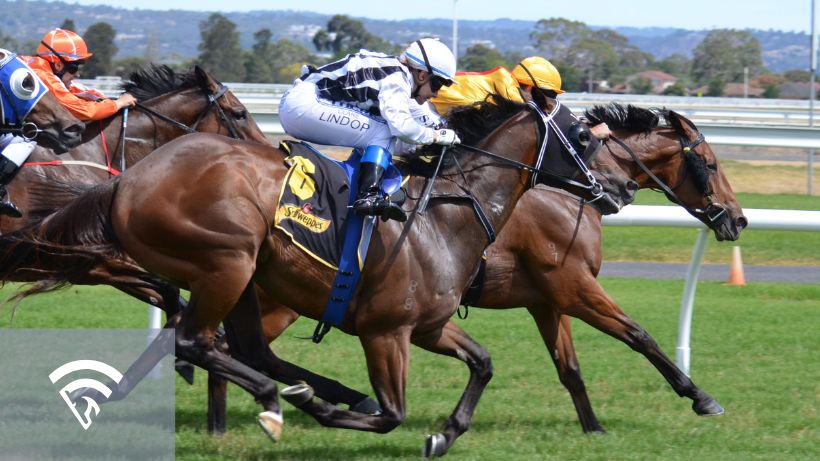What is a Head vs. Nose vs. Neck Finish?
In horse racing, the terms nose, head, and neck are used to describe extremely small margins between horses at the finish line. These aren’t just expressions, they’re official measurements that define how close the race was and determine the payout structure for win, place, and show bets.
While a race may look like a dead heat to the eye, modern photo finish technology can detect which horse won by as little as a nostril. That difference might not matter to casual viewers, but for bettors, it can mean everything.
How Margin Terminology Works
- Nose: The smallest possible winning margin. The winner's nose barely edges ahead of the second-place finisher.
- Head: Slightly larger than a nose, about the length of a horse’s head from the tip of the nose to the start of the neck.
- Neck: A small but more noticeable margin, often visible without photo assistance, but still tight enough to be considered a close finish.
These terms are used in result charts, race replays, and official race calls to describe how competitive the finish was. A "won by a neck" might not sound dramatic, but it still reflects a tightly contested race.
Why These Margins Matter
For bettors, even the smallest margin can change everything. If you’re holding a win ticket and your horse loses by a nose, there’s no partial refund. And in exotic wagers like exactas or trifectas, whether a horse finishes second or third by a head can drastically impact your payout.
Understanding how close the race actually was can also help in evaluating future potential. A horse that lost by a nose might come back as a strong contender, especially if the trip or setup wasn’t ideal.
Photo Finish Technology
These small margins wouldn’t be possible to judge accurately without high-speed photo finish cameras. Every track uses these systems to capture the precise moment horses hit the finish line. In especially tight calls, stewards rely on the photo to determine the official order of finish.
Sometimes, the photo review takes several minutes to resolve. During this time, bettors wait anxiously as the outcome, and the payouts, hang in the balance.
Watching for Close Finish Patterns
Certain horses consistently find themselves in tight finishes. Some dig in and win. Others come up just short more often than not. These patterns can be useful to track, particularly when reviewing a horse's form in past performances.
You’ll often see margin notes like “won by a neck” or “lost by a nose” in race comments. Combined with video review, these clues can help you understand how truly competitive a horse has been, even when they didn’t win.
Final Thoughts
A head, nose, or neck finish doesn’t just signal a close race—it often tells a story of effort, grit, and fine margins. For bettors and handicappers, recognizing the difference between an easy win and a desperate surge can help shape smarter betting decisions.
To study these close finishes across a wide range of tracks, visit the EquinEdge Results page. You’ll find up-to-date outcomes from tracks like Mountaineer, Evangeline Downs, and Horseshoe Indianapolis—places where tight finishes are frequent, and sharp eyes can find opportunity.
Want to turn close calls into confident bets?
Sign up for an EquinEdge account and gain access to advanced data, pace projections, and real-time results to help you spot winners, no matter how tight the finish.
